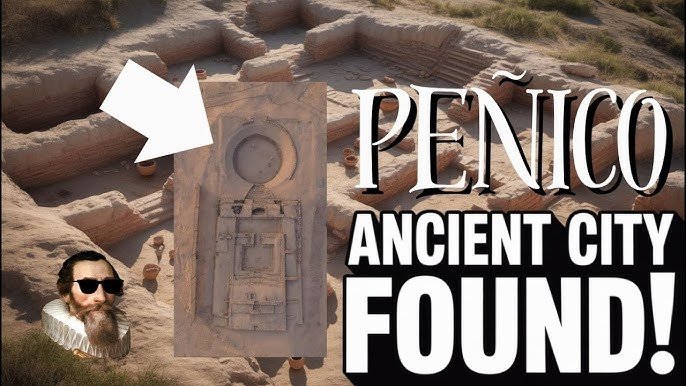An Ancient City in Peru Rises from the Dust
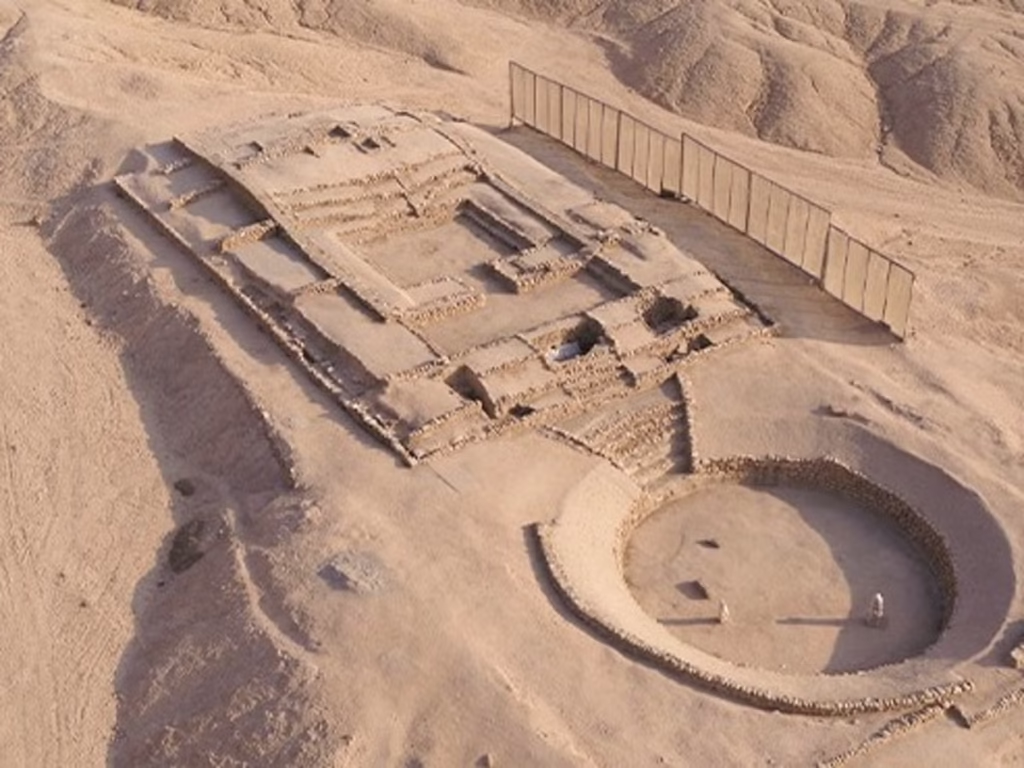
In a groundbreaking revelation, archaeologists have uncovered an ancient city in Peru dating back 3,500 years. Known as Peñico, this site lies in the Barranca province, about 200 kilometers north of Lima and 600 meters above sea level. Experts believe the ancient city in Peru served as a vital trading hub. It likely connected early Pacific coastal cultures with communities from the Andes and the Amazon rainforest. This remarkable discovery adds to Peru’s archaeological heritage. It also offers key clues about how civilizations in the Americas developed. Peñico now stands out as a major ancient city in Peru that bridged cultural and ecological regions.
Where and When the Ancient City in Peru Was Built
Peñico sits in a highland valley near the Supe Valley. This region is where the ancient Caral civilization—the oldest known in the Americas—first emerged. Radiocarbon dating shows that Peñico was founded between 1800 and 1500 BC. This timeline places it alongside other early civilizations like those in ancient Egypt, Mesopotamia, and the Indus Valley.
The city sat at a strategic point between major ecological zones. Its location made it ideal for trade between diverse regions—the coast, the mountains, and the jungle.
Aerial Footage Shows Monumental Architecture of Ancient City in Peru
Recent drone footage released by researchers captures a stunning view of the city’s central plaza. At its heart, a circular structure stands on a hillside terrace. Various stone and adobe buildings surround the core structure, together forming an intricate urban landscape.
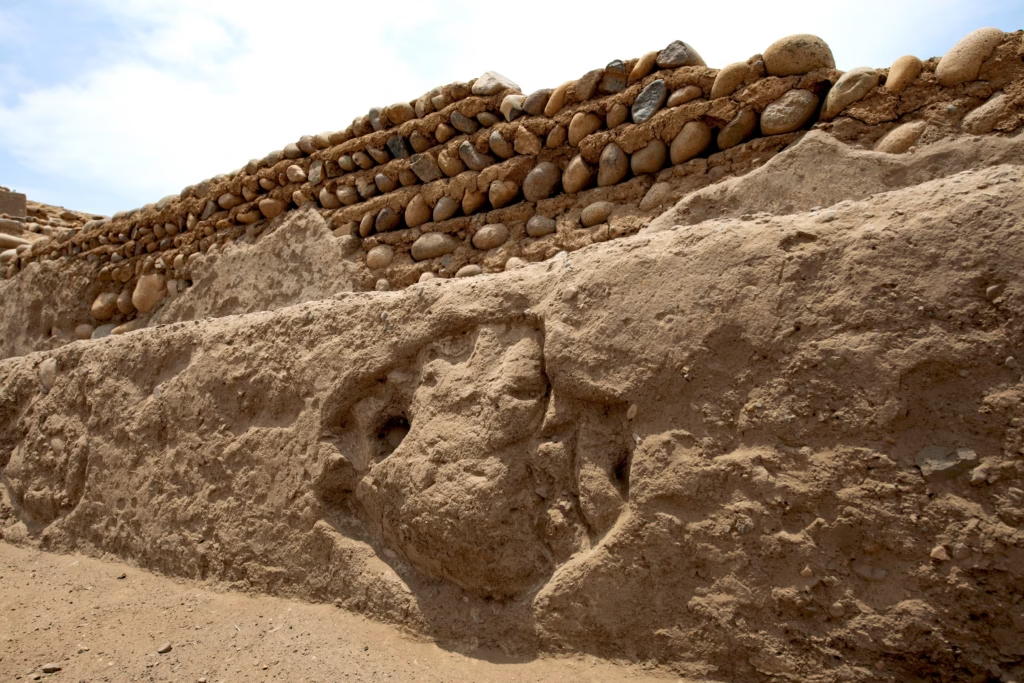
Over the past eight years, archaeologists have uncovered 18 distinct structures. These include ceremonial temples, residential buildings, and public gathering areas. The size and organization of these constructions underscore the city’s significant social, political, and religious roles.
Artifacts and Culture Unearthed in the Ancient City in Peru
During excavations, researchers uncovered numerous ceremonial and artistic artifacts. Among these were:
- Clay figurines representing human and animal forms
- Ceremonial tools likely used in religious rituals
- Beaded necklaces crafted from seashells and stones
These items point to a complex society with symbolic and spiritual dimensions, highlighting the city’s cultural sophistication.
Connection to the Ancient Caral Civilization
Peñico’s discovery provides compelling evidence of cultural continuity and transformation in ancient Peru. Peñico lies near the ancient site of Caral, a 5,000-year-old civilization that thrived around 3000 BC. It seems to have inherited and adapted many aspects of Caral’s urban planning and religious traditions.
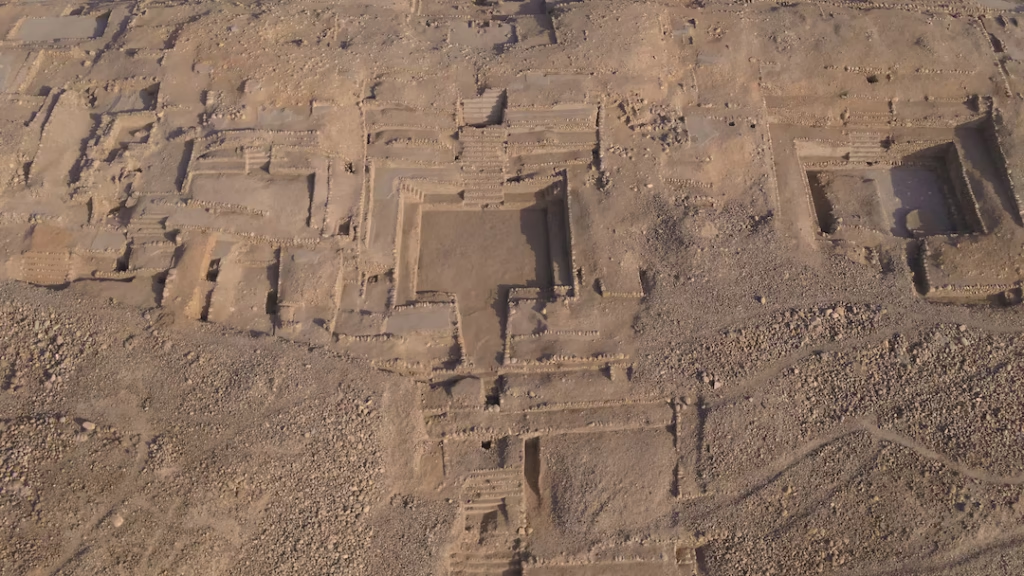
Caral was renowned for its monumental pyramids, advanced irrigation systems, and structured urban settlements. However, scholars believe Caral eventually declined due to climate-related challenges. Peñico’s rise may signal a major shift in politics and economy. This shift likely helped Caral’s cultural legacy survive and evolve.
A Strategic Hub for Trade and Exchange
Dr. Ruth Shady, the lead archaeologist for both Caral and Peñico, believes the new city sat in an ideal location for trade. “The community occupied a strategic point for exchange between the coast, the highlands, and the jungle,” she explained.
This connectivity likely facilitated the flow of goods, ideas, and cultural practices across regions, strengthening alliances and promoting social development among early Andean societies.
Official Acknowledgment and Cultural Importance
At a press conference organized by Peru’s Ministry of Culture, archaeologist Marco Machacuay emphasized that Peñico represents a critical link in the historical chain of Andean civilizations. He stated that the site serves as evidence of the ongoing evolution of society following the decline of Caral.
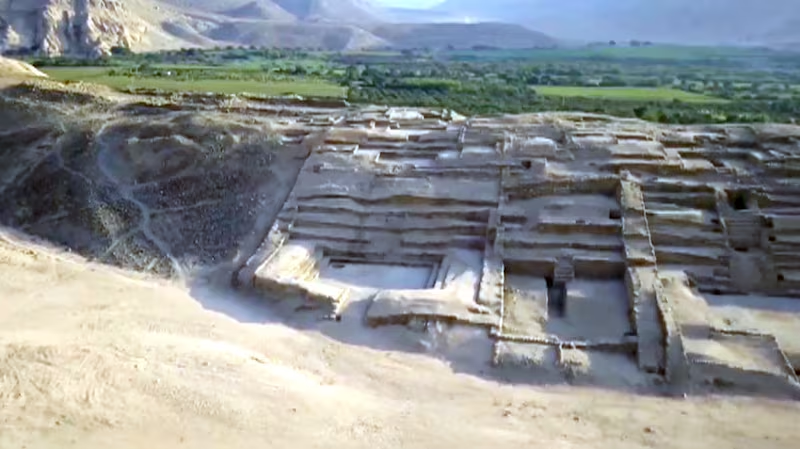
The Ministry of Culture has pledged continued support for the preservation and further study of the site, recognizing its potential to transform our understanding of pre-Columbian history.
Peñico’s Role in Understanding Ancient American Civilizations
Peñico is more than just an archaeological site; it is a window into the social organization, religious beliefs, and economic systems of a bygone era. Its discovery helps address longstanding questions about the fate of early Peruvian cultures and their resilience in the face of environmental change.
By studying the construction techniques, settlement patterns, and symbolic artifacts of Peñico, researchers are piecing together a narrative of cultural endurance, adaptation, and interconnectedness.
Peru’s Rich Archaeological Landscape
The unearthing of Peñico adds to Peru’s already impressive portfolio of ancient wonders. Home to iconic sites such as the Incan citadel Machu Picchu and the enigmatic Nazca Lines, Peru continues to captivate archaeologists and historians alike.
Each new discovery affirms the country’s role as a cornerstone of early American civilization and highlights the diversity and depth of its cultural heritage.
Looking Ahead: The Future of Peñico
Efforts are currently underway to map the entire Peñico site, protect it from environmental damage, and prepare it for future archaeological investigations. Researchers hope to uncover additional residential areas, irrigation channels, and burial sites that will provide further insights into daily life in the ancient city.
Public education and tourism initiatives are also being considered, with the aim of making Peñico an accessible and informative destination for visitors interested in ancient history.
A Vital Chapter in Peru’s Ancient Story
The discovery of Peñico marks a significant advancement in the understanding of early Andean civilization. As research continues, this ancient city will undoubtedly shed more light on the complex network of societies that flourished in South America long before European contact.
Peñico not only bridges the historical gap between the Caral civilization and later Andean cultures but also stands as a testament to human ingenuity, adaptability, and the enduring legacy of Peru’s past.
